By Elizabeth Perry
Swiss artist Sophie Taeuber-Arp spent her life trying to “make things we own more beautiful,” she was forced to live in exile after Nazis invaded her home country. Seventy-nine years after Taeuber-Arp’s death, the Museum of Modern Art (MoMA) has curated an exhibit of 300 diverse pieces of her life’s work.
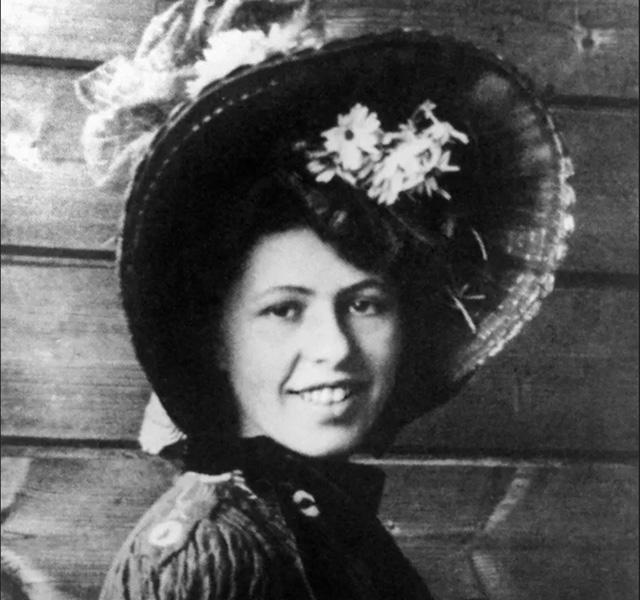
Taeuber-Arp was born on January 19, 1889 in Davos, Switzerland, and later attended several art schools in Germany, before returning back to Switzerland during WWI. After meeting her soon to be husband Jean Arp, she became involved with the Dada movement (an art movement of the European avant-garde, which consisted of artists who rejected modern logic, reason, capitalism, and much more.) That involvement allowed Taeuber-Arp to gain recognition for her work as a painter, sculpture, textile designer, furniture and interior designer, and architect.
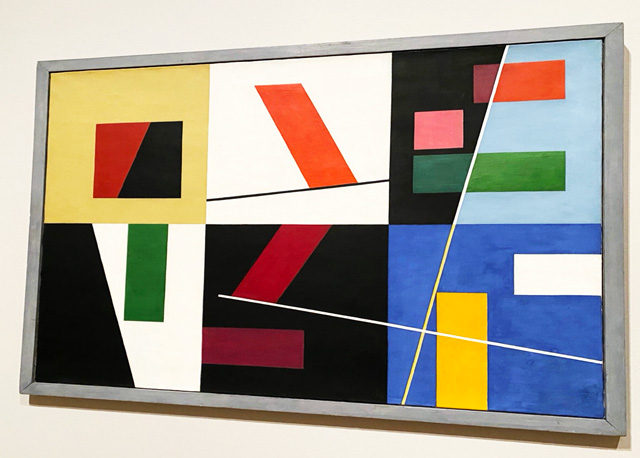
Six Separated Spaces by Sophie Taeuber-Arp
Taeuber-Arp spent her life attempting to break artistic stereotypes and norms by challenging the barriers between design and art. Instead of focusing on the same art approaches as many other artists of her time, she chose to focus on textiles and the geometric grid, by incorporating colors, textures, shapes, and patterns into her work. Sadly, in 1943, at age 53, Taeuber-Arp passed away because of a leaking gas stove incident in her home.
In honor of Taeuber-Arp and her artistic contributions, the MoMA created an exhibit called “Living Abstraction” dedicated to her diverse artwork. “The exhibition aims to advance our understanding of Taeuber-Arp’s distinctive cross-pollinating approach to abstraction, and to explore the different ways in which her work challenged the boundaries separating fine art from craft and design,” MoMA said in a statement.
Exhibit visitor Renei Clausell said she didn’t know who Sofie was when she came to this exhibit. “I was just an art lover looking at art,” said Clausell. “But now, I can say her work is so intriguing, and unlike anything I’ve seen before.” Shantely Caban, another FIT student, and art major thought the exhibit was phenomenal. “From Taeuber-Arp’s use of textures and textiles, to her use of colors and shapes, the visualizations were beautiful,” said Caban.
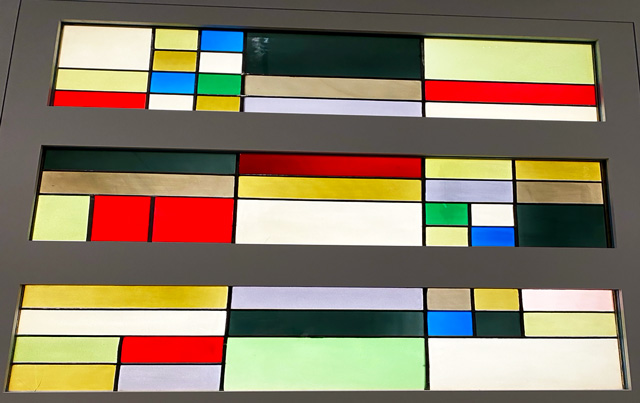
Geometric Vertical-Horizontal Composition (stained-glass panels for the apartment of André Horn, Strasbourg France) by Sofia Taeuber-Arp
“My favorite pieces are the stained glass,” said retired music teacher, Samantha Wright. “While they may look simple to the plain eye, they are so much more than just colored rectangles. Taeuber-Arp is a genius. She was neglected in her time, but now she is getting the respect and attention, she deserves.”
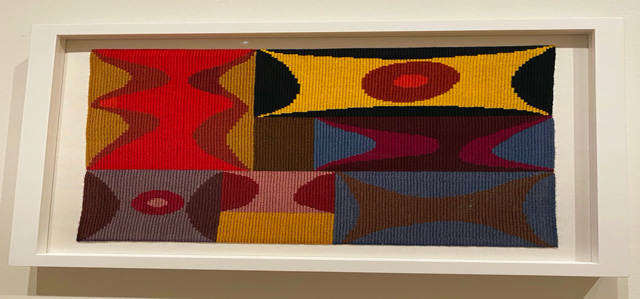
Elementary Forms:Vertical-Horizontal Composition (wool on canvas) by Sofie Taeuber-Arp
Shawn Andrews, who was accompanying his daughter Miya Andrews to the museum. “I don’t know much about art, but I am a sucker for funky shapes and patterns,” said Andrews. “Sofie definitely knew how to use them.” Bartender Nathaniel Colon said Taeuber-Arp was a true artist. “It’s so crazy to see that even after being a victim of two world wars, Sofie continued to transform the art world, not even for herself, but for others.”
If you are interested in reading and seeing more of Sofie Taeuber-Arp’s work please visit https://www.moma.org/calendar/exhibitions/5206 and https://www.moma.org/artists/5777.



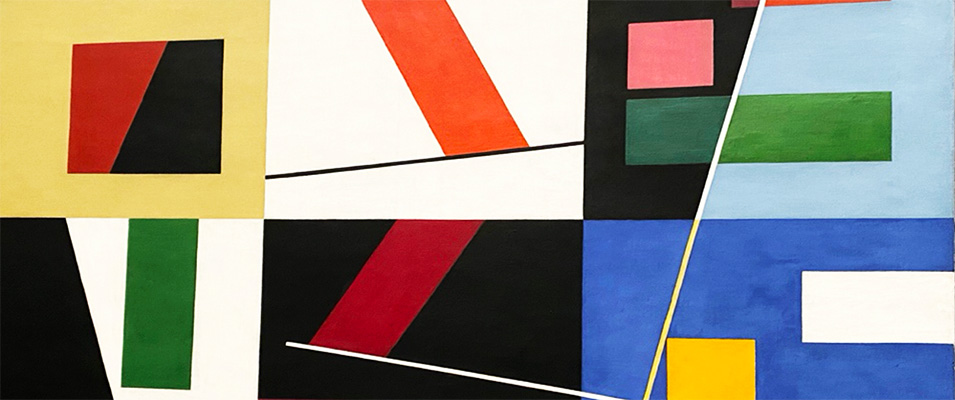
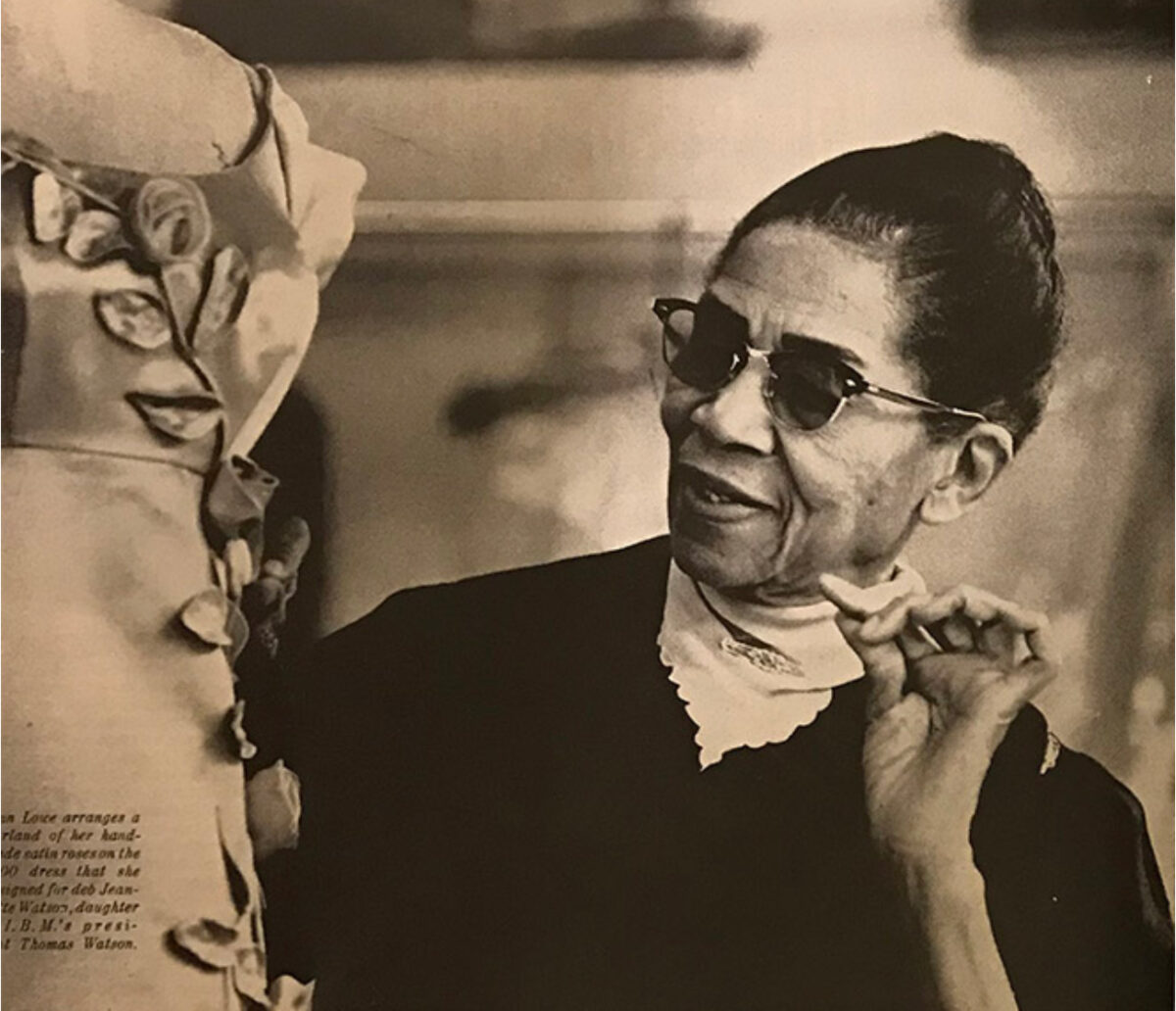
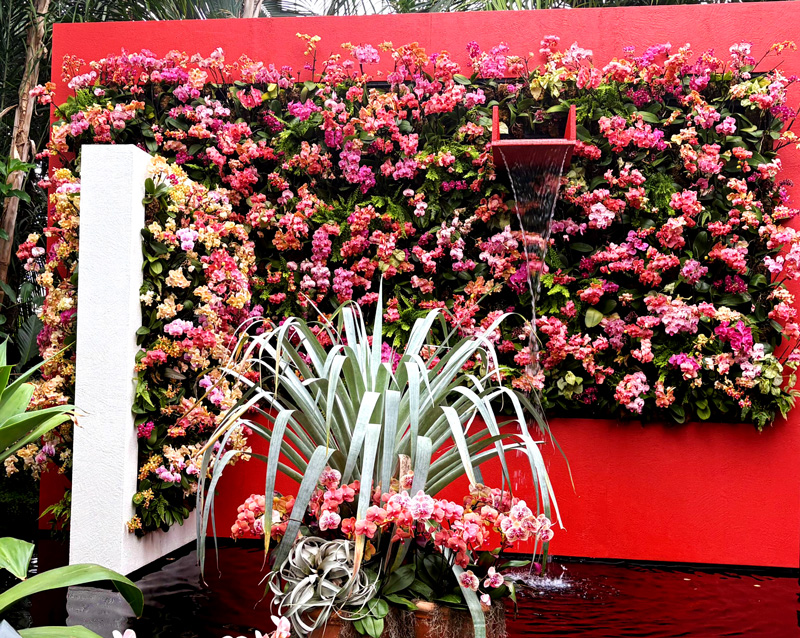
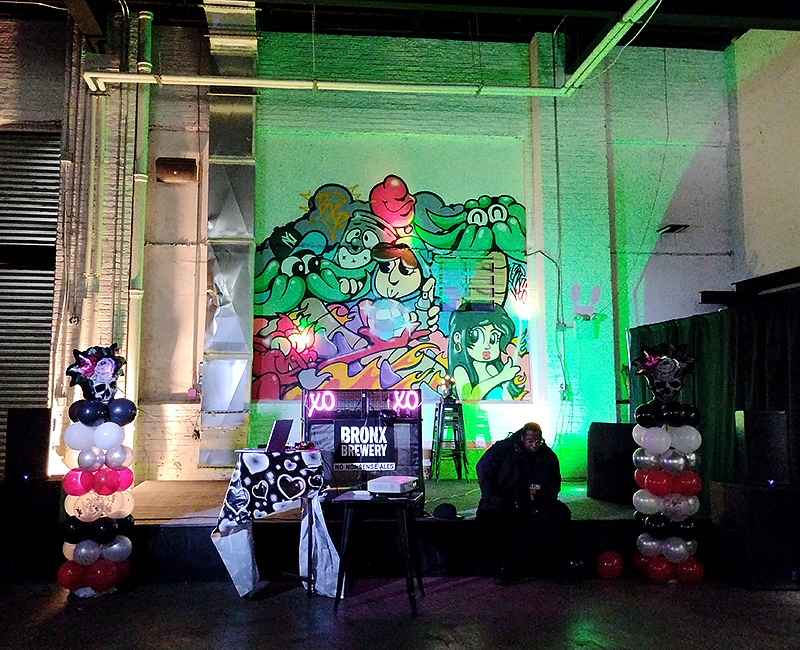

No comments